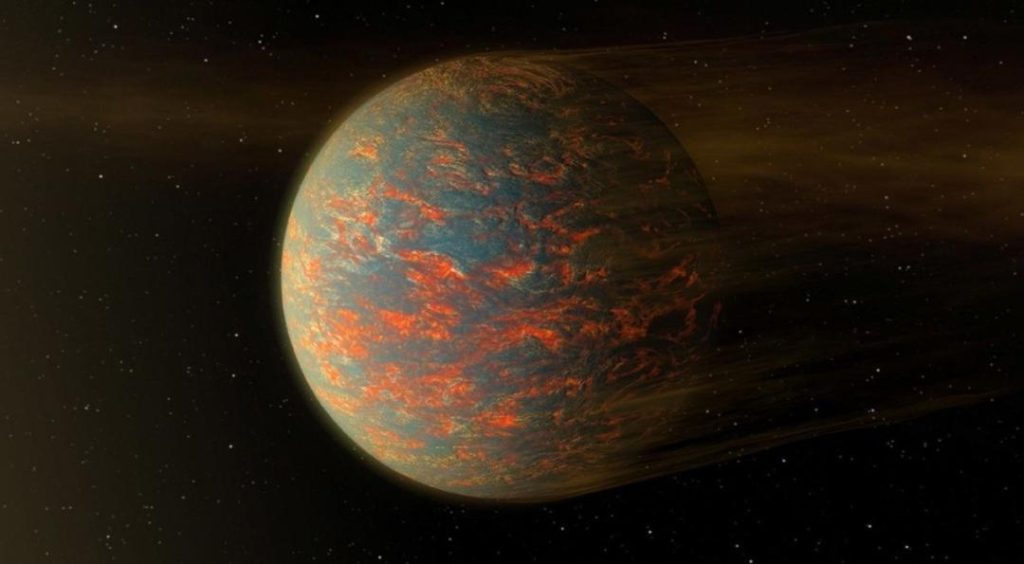
Newly-Discovered Super-Earth Heats Up & Freezes Every 300 Days
In a groundbreaking discovery, astronomers have uncovered a new “super-Earth” orbiting a Sun-like star just 20 light-years from our own planet. What makes this celestial body particularly fascinating is its unique orbital pattern, which sees the planet experience extreme heat for the first part of its year and then freeze for the remaining days. This remarkable phenomenon occurs roughly every 300 days, making it a truly one-of-a-kind world.
But what exactly is a super-Earth? In contrast to the gas giants like Jupiter and Saturn, super-Earths are planets that are larger than our own Earth but smaller than the gas giants like Neptune and Uranus. With its peculiar orbit and extreme climate fluctuations, this newly-discovered super-Earth is a treasure trove of scientific curiosity.
The discovery was made using NASA’s Transiting Exoplanet Survey Satellite (TESS), which has been tasked with scanning the skies for signs of exoplanets. The TESS spacecraft has been instrumental in detecting thousands of exoplanets since its launch in 2018, but this particular finding is particularly noteworthy.
The super-Earth, designated as HD 189733b, orbits its host star every 55 days. However, its elliptical orbit means that it is much closer to the star during the first part of its year, causing the planet to experience scorching temperatures. As it moves further away from the star, the planet cools significantly, resulting in freezing conditions.
“This is a really unusual planet,” said Dr. David Kipping, a researcher at Columbia University and lead author of the study. “It’s like nothing we’ve seen before. The planet’s orbit is much more elliptical than most exoplanets, which means it’s exposed to a wide range of temperatures.”
The researchers used TESS data to detect the planet’s transit, or the moment when it passes in front of its host star, blocking a small amount of light. By analyzing the transit patterns, they were able to determine the planet’s size, mass, and orbital characteristics.
HD 189733b is about 1.2 times the size of Earth, making it a super-Earth. Its mass is likely less than 10 times that of Earth, which suggests it may be a rocky world with a thick atmosphere.
The extreme climate fluctuations on HD 189733b are likely due to its unique orbit. The planet’s close proximity to its host star during the first part of its year causes the surface temperature to soar to as high as 2,000°F (1,093°C). As it moves further away from the star, the temperature drops to as low as -400°F (-240°C).
“This planet is like a cosmic yo-yo, swinging between scorching heat and freezing cold,” said Dr. Kipping. “It’s a really fascinating case study for understanding how planets form and evolve around their stars.”
The discovery of HD 189733b offers scientists a unique opportunity to study the planet’s atmosphere and potential habitability. Future studies may involve analyzing the planet’s atmospheric composition and searching for signs of biological activity.
As we continue to explore the vast expanse of space, discoveries like this remind us of the incredible diversity of planets that exist beyond our own solar system. HD 189733b may be a super-Earth unlike any other, but it is just one of many fascinating worlds waiting to be explored and studied.
Source:
Note: The above blog post is based on the NASA news release and is intended for educational purposes only.






